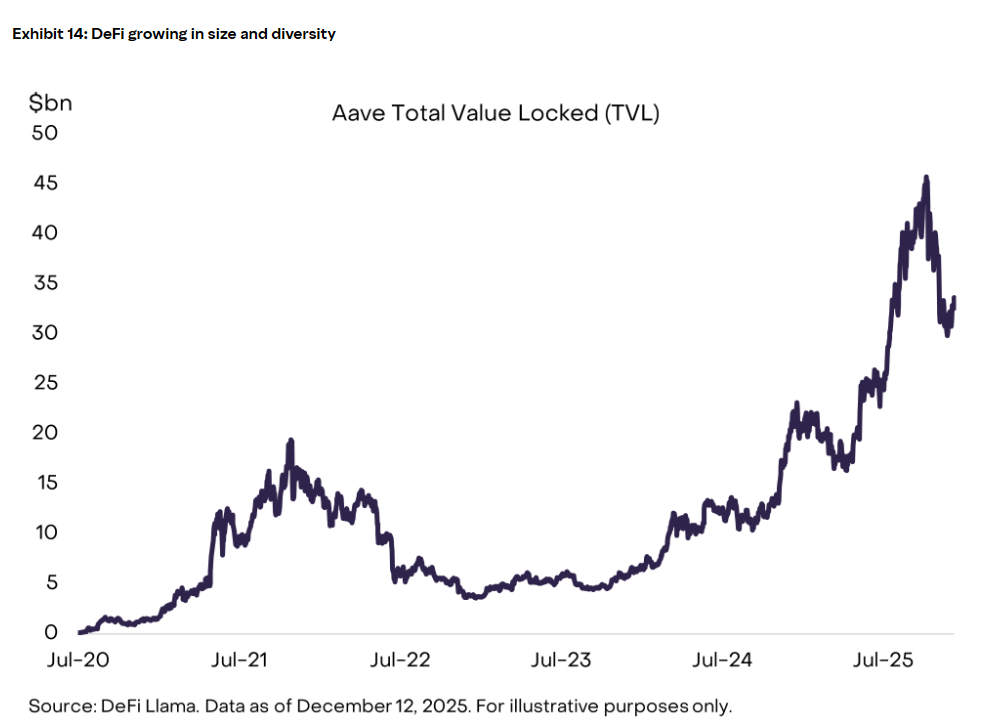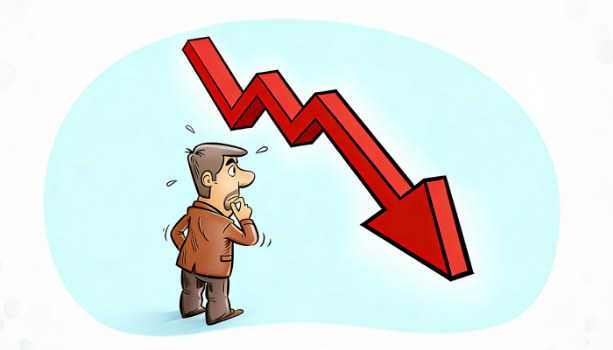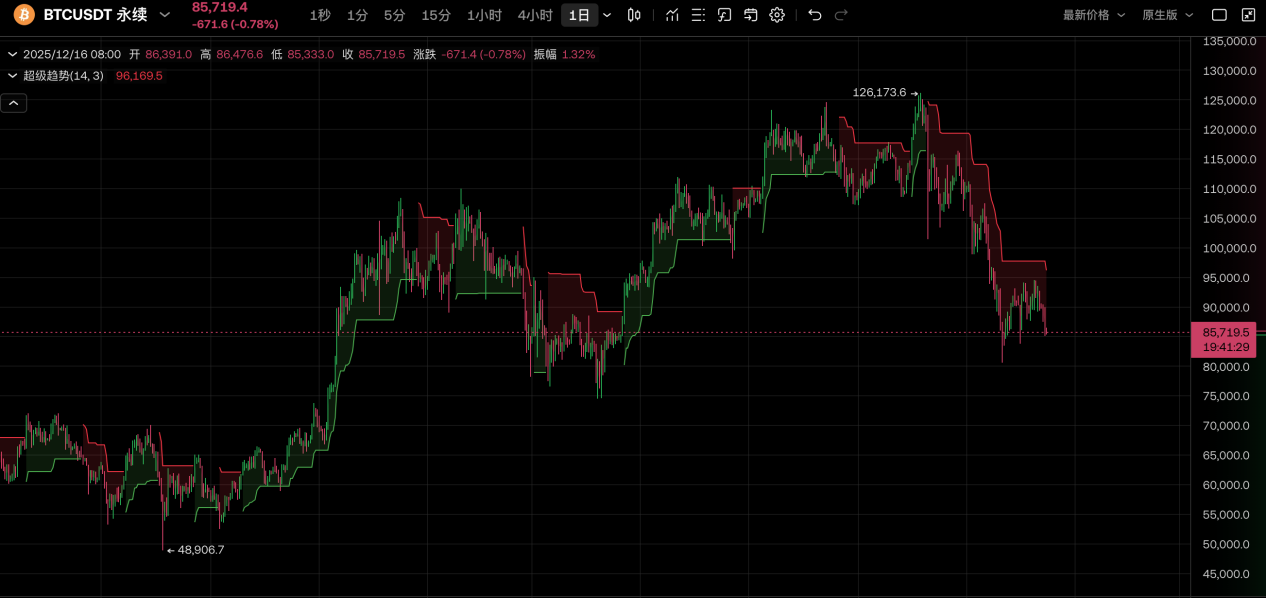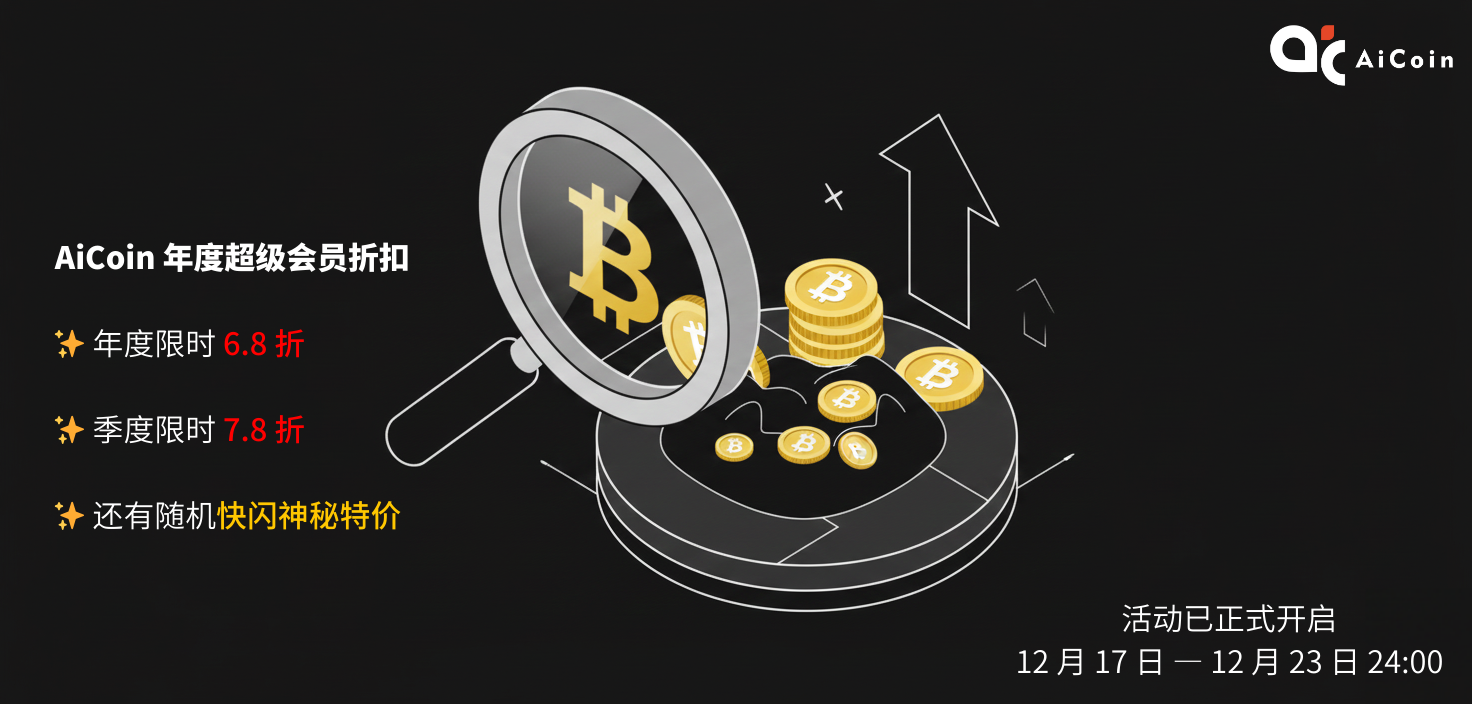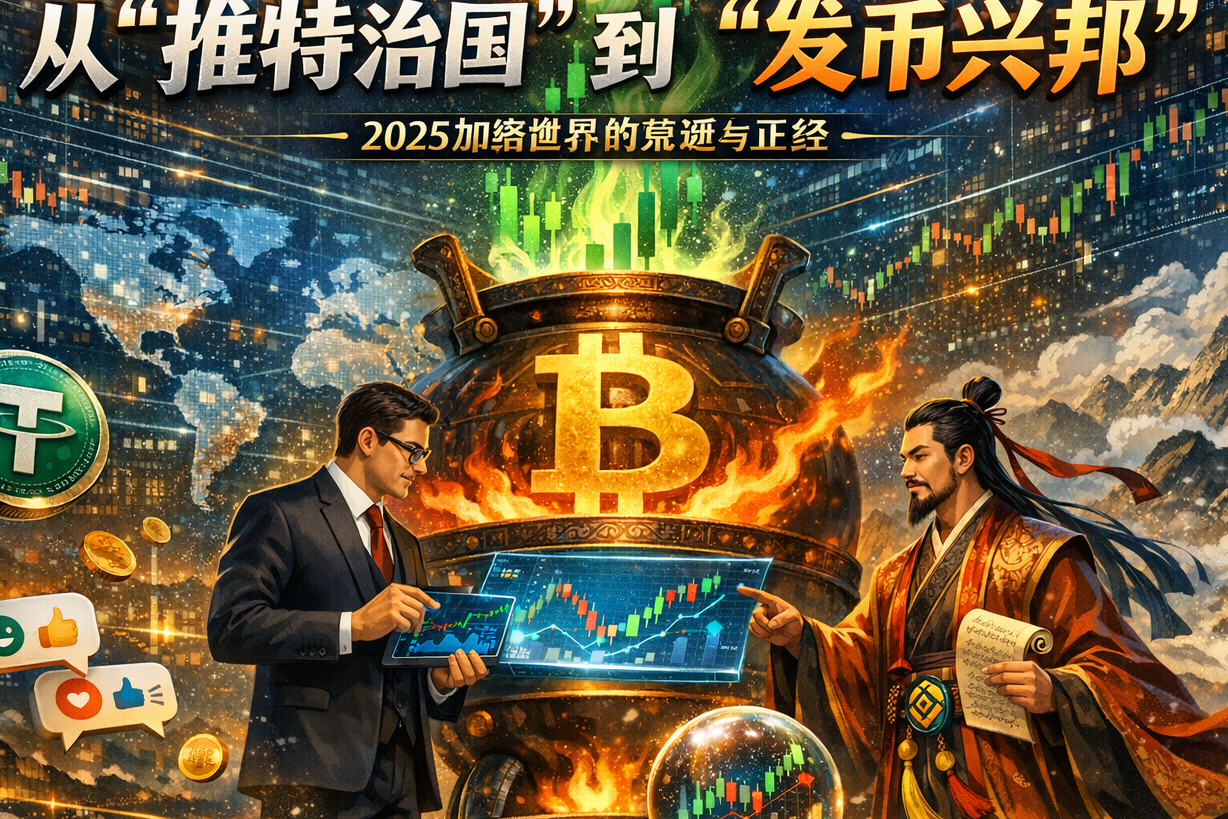As the effect of Bitcoin spot ETF gradually weakens and Grayscale's reduction in holdings has slowed down, the current market hot spot has shifted. The concept of Restaking has quietly emerged and is rapidly gaining the attention of investors, becoming a hot topic in the industry. Let's delve into what Restaking is and how it is triggering collective market frenzy.
1. Restaking Involves Multi-layer Staking
Restaking is a blockchain financial practice that allows participants to stake their already staked assets again to earn additional income. In short, it is the process of reinvesting already staked assets.
2. Brief Explanation of How It Works
The working principle of Restaking is simple, involving layer by layer staking, as shown in the following diagram:

🔘 Initial Staking: Users stake their owned assets (such as ETH) on a blockchain network that supports staking to help maintain the network's security and stability, and in exchange, receive rewards. In the case of Ethereum, users stake ETH to receive liquidity staking tokens (LST), such as stETH. LST is a token representing the user's staked ETH.
🔘 Restaking: Users stake these liquidity staking tokens (LST) again to obtain liquidity restaking tokens (LRT). LRT is a new token representing the user's staked LST.
🔘 Multi-layer Staking: Users can continue to restake LRT to obtain new restaking evidence, forming a multi-layer staking structure, which is the so-called "nesting" version. Each new staking is equivalent to adding a potential source of income on the basis of the original asset.

3. Why LRT Is So Popular Among Investors
Because users holding LRT will enjoy doubled financial opportunities, these users can not only choose to restake for accumulating higher returns, but also use it as chips to participate in the lending market.
This not only expands the possibilities for users to earn income but also increases the overall liquidity of assets, and maintains the security of decentralized applications/networks. In this way, it constitutes a mutually beneficial situation for both users and decentralized application platforms. Since it is a win-win situation, it is expected that the LRT model is welcomed by investors. After all, the market needs constant new stories and vitality to give investors confidence.
Of course, there are certainly risks behind this, and this issue mainly focuses on the popularization of Restaking, without going into detail about the risks. The information will delve into the opportunities and risks of LRT in the next issue.
免责声明:本文章仅代表作者个人观点,不代表本平台的立场和观点。本文章仅供信息分享,不构成对任何人的任何投资建议。用户与作者之间的任何争议,与本平台无关。如网页中刊载的文章或图片涉及侵权,请提供相关的权利证明和身份证明发送邮件到support@aicoin.com,本平台相关工作人员将会进行核查。
